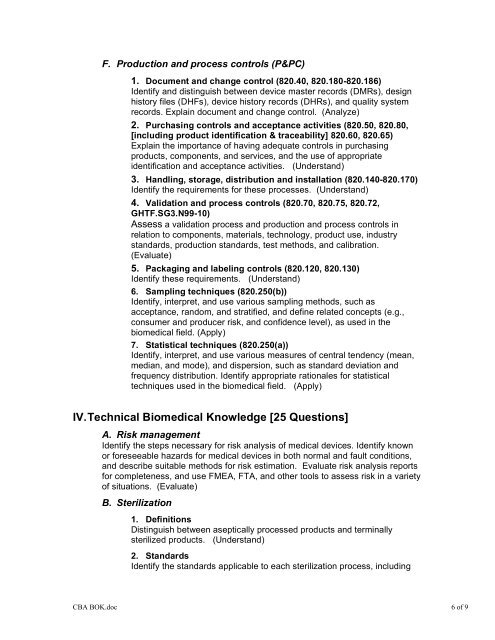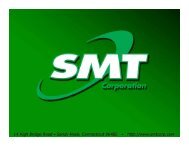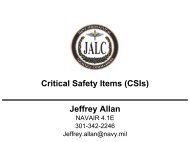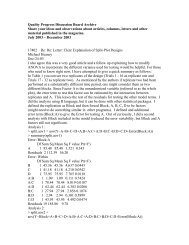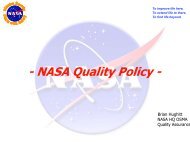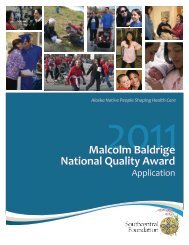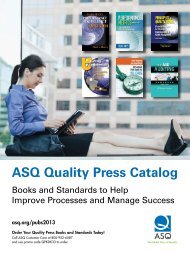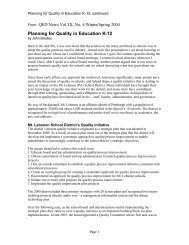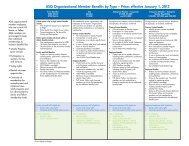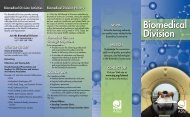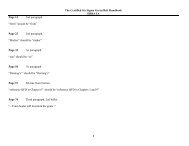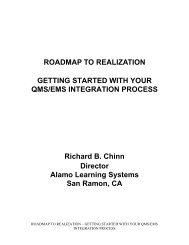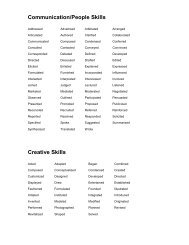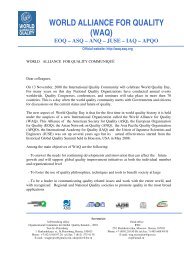CERTIFIED BIOMEDICAL AUDITOR (CBA) BODY OF KNOWLEDGE ...
CERTIFIED BIOMEDICAL AUDITOR (CBA) BODY OF KNOWLEDGE ...
CERTIFIED BIOMEDICAL AUDITOR (CBA) BODY OF KNOWLEDGE ...
Create successful ePaper yourself
Turn your PDF publications into a flip-book with our unique Google optimized e-Paper software.
F. Production and process controls (P&PC)<br />
1. Document and change control (820.40, 820.180-820.186)<br />
Identify and distinguish between device master records (DMRs), design<br />
history files (DHFs), device history records (DHRs), and quality system<br />
records. Explain document and change control. (Analyze)<br />
2. Purchasing controls and acceptance activities (820.50, 820.80,<br />
[including product identification & traceability] 820.60, 820.65)<br />
Explain the importance of having adequate controls in purchasing<br />
products, components, and services, and the use of appropriate<br />
identification and acceptance activities. (Understand)<br />
3. Handling, storage, distribution and installation (820.140-820.170)<br />
Identify the requirements for these processes. (Understand)<br />
4. Validation and process controls (820.70, 820.75, 820.72,<br />
GHTF.SG3.N99-10)<br />
Assess a validation process and production and process controls in<br />
relation to components, materials, technology, product use, industry<br />
standards, production standards, test methods, and calibration.<br />
(Evaluate)<br />
5. Packaging and labeling controls (820.120, 820.130)<br />
Identify these requirements. (Understand)<br />
6. Sampling techniques (820.250(b))<br />
Identify, interpret, and use various sampling methods, such as<br />
acceptance, random, and stratified, and define related concepts (e.g.,<br />
consumer and producer risk, and confidence level), as used in the<br />
biomedical field. (Apply)<br />
7. Statistical techniques (820.250(a))<br />
Identify, interpret, and use various measures of central tendency (mean,<br />
median, and mode), and dispersion, such as standard deviation and<br />
frequency distribution. Identify appropriate rationales for statistical<br />
techniques used in the biomedical field. (Apply)<br />
IV. Technical Biomedical Knowledge [25 Questions]<br />
A. Risk management<br />
Identify the steps necessary for risk analysis of medical devices. Identify known<br />
or foreseeable hazards for medical devices in both normal and fault conditions,<br />
and describe suitable methods for risk estimation. Evaluate risk analysis reports<br />
for completeness, and use FMEA, FTA, and other tools to assess risk in a variety<br />
of situations. (Evaluate)<br />
B. Sterilization<br />
1. Definitions<br />
Distinguish between aseptically processed products and terminally<br />
sterilized products. (Understand)<br />
2. Standards<br />
Identify the standards applicable to each sterilization process, including<br />
<strong>CBA</strong> BOK.doc 6 of 9


